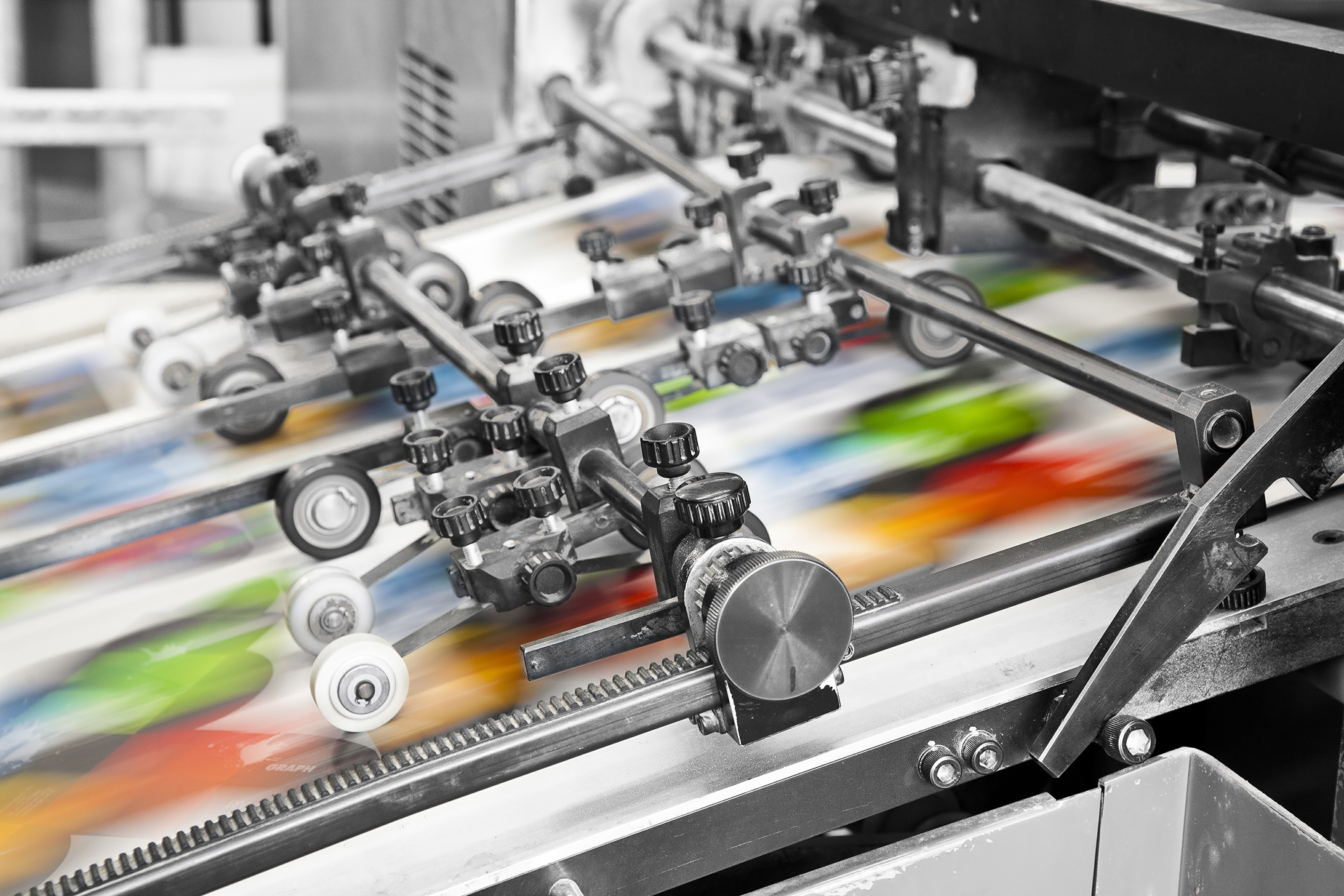
Industrial machines becoming more complex, and less complex
The complexity and precision of advanced industrial machines are a great challenge for developers and manufacturers. Machine are becoming increasingly more autonomous, while they are being tasked with more different functions. On the other hand, the controls and the interfaces with other machines are becoming more straightforward due to standardization. A modular approach during development also reinforces simplification.
Complexity is a relative concept
What makes a machine complex? Essentially, all electronic devices have a high level of complexity. Not many people know how a television works, for instance. The modern-day PC is also a highly advanced device. Nonetheless, even twelve-year-old seventh graders can successfully assemble a custom PC with loose components. Truth be told, if Technolution had to design and construct a PC from scratch, we would not be able to do so cost-efficiently.
The example of the PC shows that complexity is a relative concept. The different parts, like the central processor, graphics card and memory, are extremely complex to design and produce. However, they are also almost completely standardized. The motherboard has a standard socket for the processor, standardized slots for the memory and USB ports for peripheral equipment. When a new part or device is connected, it is automatically recognized by the system. Configuration is in most cases an automatic process. Thanks to the high level of standardization even a seventh grader can assemble an amazing gaming PC.
Industrial machines do not have such a strong level of standardization. Though there is a clear trend developing. A lot of energy is put in the development of widely supported standards. Large industrial suppliers already support various open interface standards and they are looking for more collaborations. This is required in order to take the next step into the future (Industry 4.0). Next to clearly defined interfaces, a well designed modular system approach is necessary.
Integrating more functions
More and more varying functions are being integrated into modern-day machines. Industrial printers of photo albums are a good example. These machines are made for mass production, but each printed photo album is unique. A customer can choose the photos for the album on his/her PC at home, create a page lay-out, add text, select the type of paper and choose the cover. All these different photo albums need to be produced by the same industrial printer. Modern printers do not only print the albums, but also check the quality, monitor their own maintenance and predict any failures of parts so they can be replaced before they stop working. For these additional tasks, the machine requires more integrated intelligence.
The example of the industrial printer is a good indicator for developments in the near future. Complex machines like these will increasingly become part of integrated chains due to well-defined functional modules and standardized interfaces. On demand mass production of custom products will become the norm. Failure is prevented by preemptive maintenance and replacement of modules. Sensor and actuator networks provide a complete insight into all the processes; from production to quality control and maintenance. Automatic configuration and calibration, high-quality data analysis and artificial intelligence are taking industrial devices to a higher level while changing the role of the human from machine operator to process manager. The development of these complex devices requires a well thought out approach.
Managing complexity with comprehension and modularity
The increasing complexity, integration of more and more functionalities and autonomy make developing new machines quite a big challenge. Most manufacturers cannot manage to design all the components themselves. That is why there are usually several parties involved in the development of complex devices. With our expertise in the field of system integration, we are often one of the consulted parties. Two aspects play a major role during the development of complex devices and their components: comprehension and boundaries.
The first challenge is to thoroughly comprehend the client’s wishes. This is the scoping phase. What is the machine’s purpose? In what context will the machine have to function? What do user interfaces and interfaces with other machines look like? Filling in the electronics and software can only truly begin when these questions have a clear answer.
When all specifications have been determined, it is crucial to properly define the different modules within a machine. These boundaries serve multiple purposes. Since the functionalities of the machine are divided between various modules, there is a clear image of the construction of the machine, the dependencies between various modules and the required level of integration. In addition, it is essential for all parties involved to know who is responsible for which module. The different modules will affect one another. A technological choice within one of the modules can have great consequences for another module. Clearly set boundaries between the modules and good communication between the parties will prevent any issues during development. Even within the individual modules, clearly set boundaries are necessary between software, programmable logic, electronics and mechanics.
Standardization of modules and interfaces
In order to make standardization of machine components possible in the future, we will have to aim for clearly defined, self-contained modules that have everything on board they need to function. The interfaces between modules in a machine need to be as simple as possible and preferably created with existing connection protocols, like Ethernet. This results in reusability and a relatively simple drop-in of new and replacement modules. Eventually, this approach will result in complex machines that for a large part consist of standardized functional, intelligent modules. Similar to the plug & play components of a custom PC, they will be connected through relatively simple standard interfaces.
The development process will be more manageable by standardizing functional modules and interfaces between modules, machines, and users. Obviously, designing all these elements still requires a lot of technological expertise from the developers and their partners. A challenge we will not shy away from!
